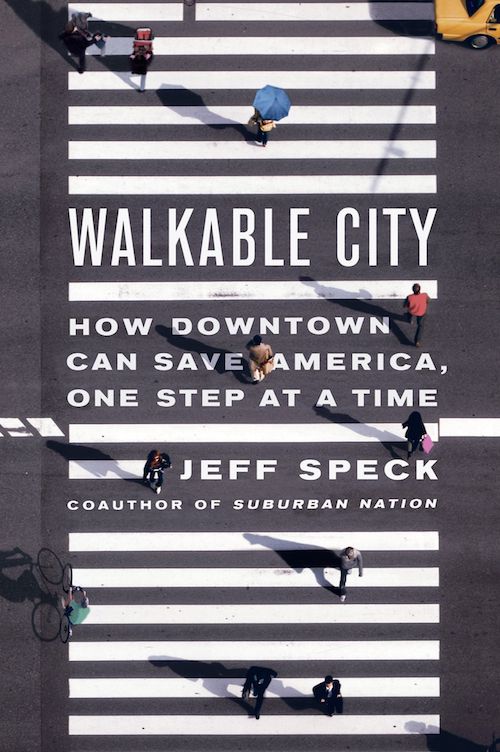
Anyone with an interest in American cities today has heard of Walk Score. Launched in 2007, the web site calculates the proximity of any given address to various necessities and amenities — grocery stores, schools, restaurants, hospitals, movie theaters — and assigns it the eponymous numerical rating. When I first heard of it, I naturally punched in all my previous addresses. The neighborhood of Seattle’s eastern suburbs in which I lived throughout most of elementary and all of middle and high school rates a Walk Score of three. That’s three out of a possible 100, mind, but it still beats my first childhood home about thirty miles outside of Sacramento, California, whose Walk Score comes in at a perfect zero. This may go some way to explaining my subsequent choices of location in adulthood: downtown Santa Barbara (85), followed by Los Angeles’ Koreatown (“walker’s paradise” at 97).
Today I live in the capital of South Korea, a country not served by Walk Score. If it were, my address would surely blow up the meter: here everything one could need in life, from coffee shops and bookstores to gyms and shopping malls to major hospitals and universities, lies within a ten-minute walk. (When I say this to Americans in America, I usually have to add the words “without exaggeration.”) After five years, this feels as natural to me as being unable to walk to anything but another house once did, back when I was growing up in the suburban nation. There I borrow from the title of Suburban Nation: The Rise of Sprawl and the Decline of the American Dream, a 2000 indictment of post-war U.S. urban planning by Andrés Duany, Elizabeth Plater-Zyberk, and Jeff Speck, founders of an organization called the Congress for the New Urbanism.
The term “New Urbanism” seems to me something of a bait-and-switch, given how many of its advocates go in for labored small-town kitsch of the Truman Show variety. That film was shot, in fact, in Seaside, Florida, a master-planned community designed by the architecture-and-planning firm DPZ, which stands for Duany and Plater-Zyberk. But then they also founded Arquitectonica, the studio responsible for the early-80s sublime of the Atlantis Condominium as immortalized by the opening credits of Miami Vice. Clearly this husband-and-wife architecture team commands a serious Floridian aesthetic range. And if Speck, formerly DPZ’s Director of Town Planning, is to be believed, Duany in particular knows everything there is to know about how to create satisfying urban spaces. Having partaken of this knowledge, Speck frequently emphasizes an intellectual debt to his former boss in his first solo book Walkable City: How Downtown Can Save America, One Step at a Time.
Read the whole thing at Substack.